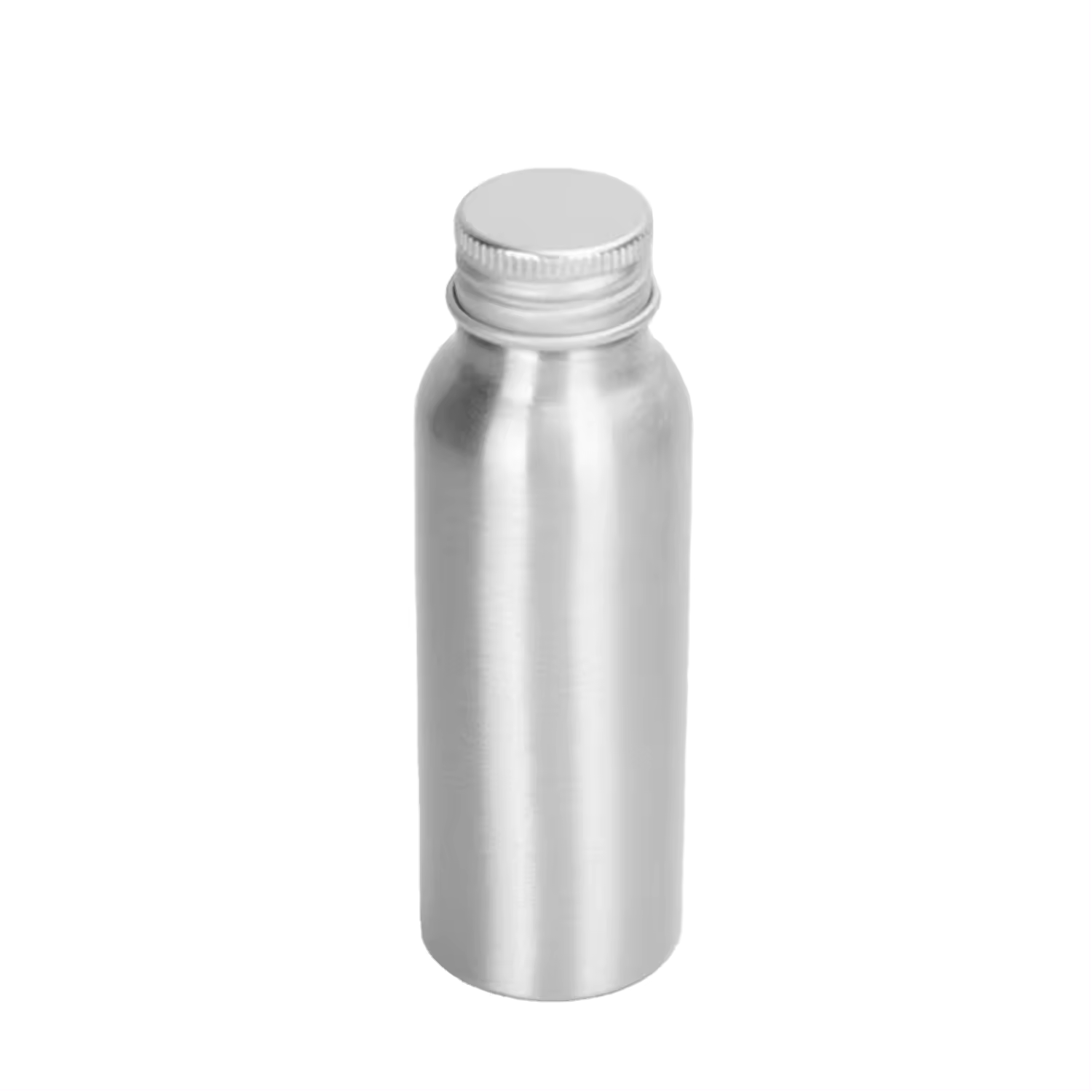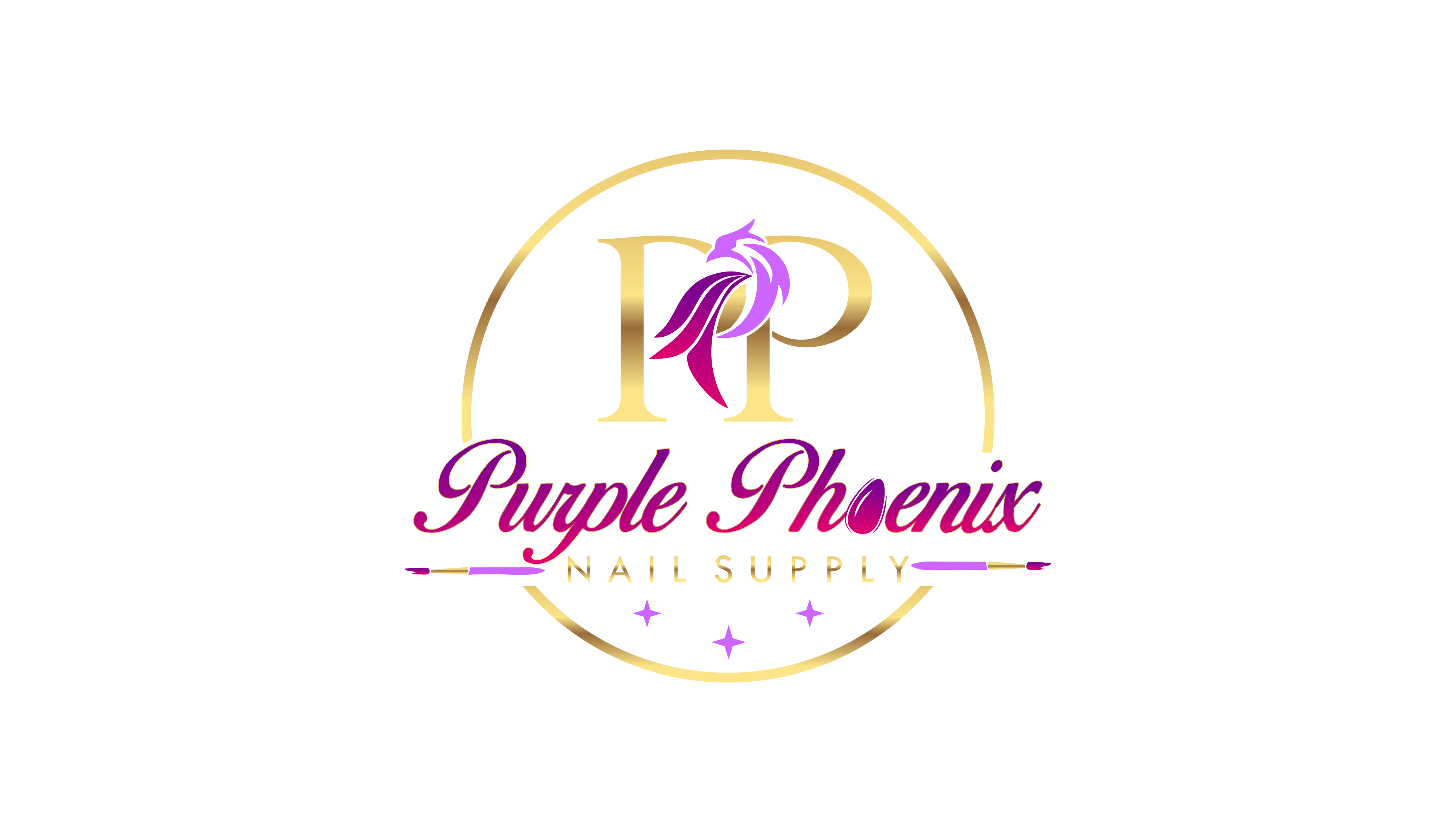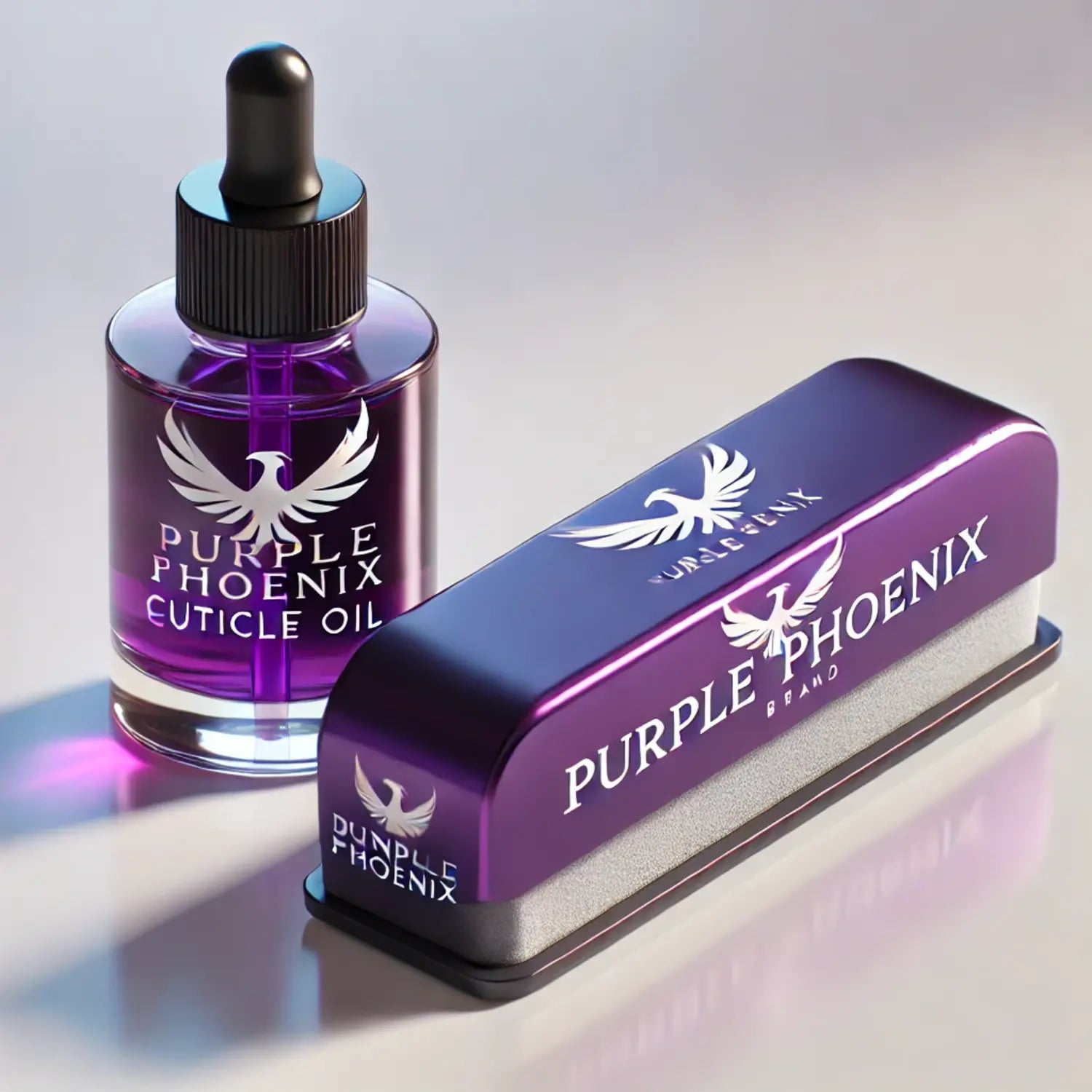
The Science Behind Why You Should Not Buy Monomer in Aluminum Bottles
Ethyl Methacrylate (EMA) monomer is a fundamental component in the nail industry, especially in the creation of durable, high-quality acrylic nails. Ensuring the integrity and safety of EMA monomer during storage and use is crucial for maintaining product performance and user safety. One significant aspect of this is the choice of storage containers. This article delves into the scientific reasons why aluminum bottles are not suitable for storing EMA monomer.
Chemical Reactivity
EMA monomer is an organic compound known for its reactivity, especially with metals. When EMA monomer comes into contact with aluminum, a series of chemical reactions can occur. Aluminum is a relatively reactive metal and can undergo oxidation-reduction reactions with EMA. This interaction can lead to the formation of unwanted byproducts, contaminating the monomer and potentially altering its chemical properties. Such contamination can compromise the quality of the monomer, affecting its performance in nail applications.
Corrosion and Contamination
Aluminum's susceptibility to corrosion is another critical factor. Corrosion is the gradual destruction of materials, usually metals, by chemical reaction with their environment. In the case of aluminum, exposure to EMA monomer can accelerate this process. Corrosion not only weakens the structural integrity of the container but also introduces aluminum ions into the monomer. These ions can further catalyze decomposition reactions within the monomer, leading to a breakdown of its effectiveness and safety. Additionally, the presence of aluminum particles in the monomer can pose health risks when used in nail applications.
Stability and Safety
Storing chemicals like EMA monomer requires containers that offer both chemical stability and physical durability. High-density polyethylene (HDPE) and glass are the preferred materials for such purposes. HDPE is a type of plastic known for its chemical resistance, robustness, and non-reactivity with EMA monomer. Glass, being chemically inert, ensures that no reactions occur between the container and its contents, maintaining the purity and stability of the monomer. These materials provide a stable environment that preserves the monomer's properties, ensuring it performs as expected.
Industry Standards and Best Practices
The nail and cosmetic industries adhere to stringent standards to ensure the safety and quality of their products. Regulatory bodies and industry experts recommend using containers that do not interact chemically with their contents. This is why EMA monomer is typically sold in HDPE or glass bottles. These containers prevent contamination and degradation, ensuring that the monomer remains safe and effective for end-users. Using aluminum containers, which do not meet these standards, can result in subpar products that may fail to meet regulatory requirements.
Conclusion
The choice of storage containers for EMA monomer is not just a matter of convenience; it is a critical factor that affects product quality, safety, and performance. Aluminum bottles, due to their reactivity and susceptibility to corrosion, are unsuitable for storing EMA monomer. By adhering to industry best practices and opting for chemically stable materials like HDPE or glass, manufacturers and consumers can ensure the longevity, effectiveness, and safety of their monomer products.
For those in the nail industry, it is imperative to be informed about the science behind product storage to make educated decisions that uphold the highest standards of quality and safety. Avoiding aluminum containers for EMA monomer is a scientifically sound choice that protects both the product and its users.
By understanding the underlying chemical principles, we can make better choices in the products we use and how we store them, ensuring safety and efficacy in every application


